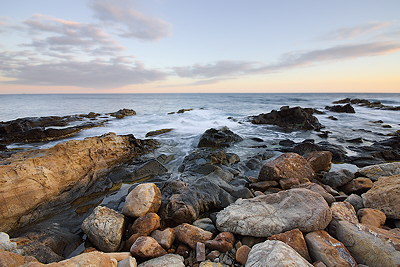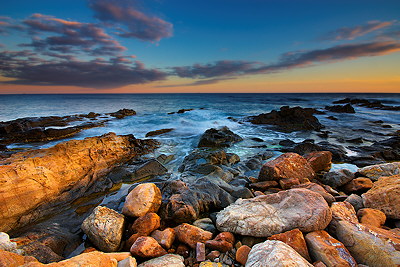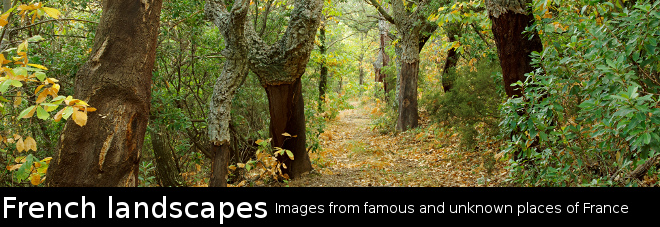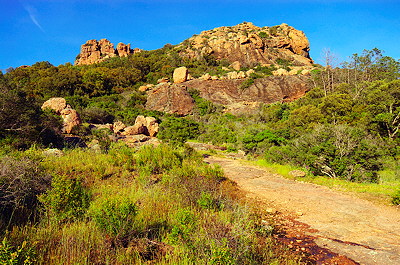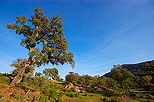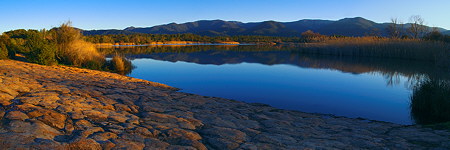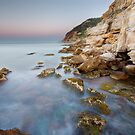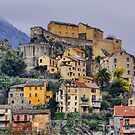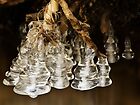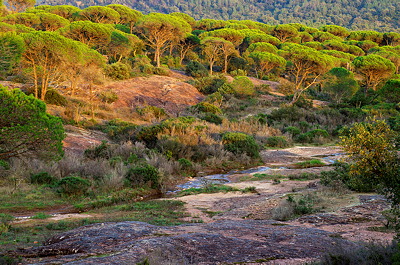 Parasol pines forest in Provence
Parasol pines forest in Provence
Forêt de pins parasols en ProvenceHow could i define fine art photography ?
What is a fine art photograph ?
What fine art prints are ?
First, i think that with fine art photography, the term
making a photograph is more correct than
taking a photograph.
A fine art photograph must reflect the photographer vision before featuring the reality. When i'm in the field to make a photo, i know what i want her to look like before looking threw the viewfinder or pressing the shutter release. And that's not only about framing but also about colors and contrast rendition.
Making the photo just starts by beeing there and looking at the scene with my mind and heart.
When the camera has captured the scene, starts the second part of the making process.
In the digital darkroom, i develop the raw file to produce a digital image looking like the scene i have in mind. When done i make a first print at around 7x10". Then i check the print, eventualy make some file adjustments and print at 12x18". If this second print looks OK, i archive and backup the file, if not i continue with file adjustments ...
About photography, digital and printing equipement :Making a fine art photograph can be very time consuming and a good equipement can avoid disappointments about image quality after a long work.
Lenses :The lens realy makes the image that will be seen by the camera sensor. A good lens can ensure sharpness and can avoid distorsion, corners shading or artifacts like chromatic abberation.
Camera body :A good viewfinder can realy help with framing and focus checking.
The sensor quality will permit (or not) to capture a raw file containing all the colors and luminosity informations about the scene. With a good sensor (and good settings) it's possible to have noise free shadows and respected highlights.
Computer screen and software :The computer screen is a master piece during all the digital workflow. He shows me what i do when i adjust the image file. So it's realy important for me to have a perfectly calibrated and profiled screen. In the same way i only use fully color managed software.
Printers, papers ans inks :Today all pro photo inkjet printers can deliver wondeful prints. Once more if some wants a print to look like what he has in mind or what he sees on a computer screen, he must use a fully color managed system. Profiles must be done for each paper / ink combinations.
Last thing : It's possible to make some very nice fine art prints with non archival papers and inks but in this case selling them can be a little more delicate ...
I'm realy not a technology addict but all this stuff is here to produce prints featuring with the most fidelity and the best quality what i have in mind.
Fine art prints of the image above are for sale in my
Etsy Shop.
